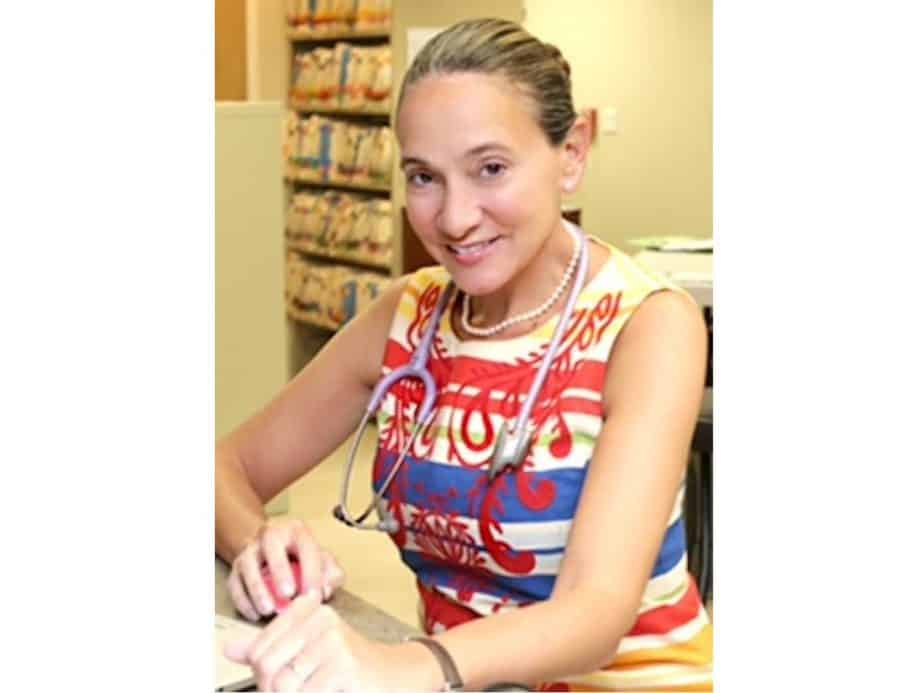As the country cautiously reopens and people try to navigate the new normal brought about by the pandemic, parents wonder how to best keep their families and children safe. The last thing parents need to worry about is an outbreak of yet another serious and potentially deadly disease that can target their children. However, that is exactly what pediatricians are extremely concerned about right now: a resurgence of vaccine-preventable diseases including measles, whooping cough and meningitis.
Almost half of the states across the country have reported a rapid decrease in the number of children receiving their routine vaccinations over the past few months. New York City saw a 63% decline in vaccination rates compared to last year. This concerning drop is even more widespread across the world. The pandemic has disrupted vaccination programs in at least 68 countries, impacting 80 million children under one year of age. As the world begins to reopen, an epidemic of a serious disease is only a plane ride away.
Last year saw the biggest measles outbreak our country has experienced in twenty-five years, imported here from abroad. The upward trend in yearly measles cases both in the United States and around the world has been attributed to the spread of misinformation about vaccines, discouraging parents from vaccinating their children. With the numbers of unvaccinated children growing during the pandemic, another measles outbreak would be devastating. While parents understandably worry about COVID-19, measles is ten times more contagious and causes pneumonia, brain swelling and death, mainly in young children. Vaccination rates for Measles of less than 95% leave unvaccinated children susceptible to the disease as well as immunocompromised individuals and children under one year of age who have not yet been immunized.
A pertussis or whooping cough outbreak would not have to be imported as the United States has occasional limited outbreaks due to waning vaccine immunity, coupled with vaccine refusal. While adolescents get a booster dose of the Pertussis vaccine at age 11, this dose is specifically designed to protect infants from getting exposed to pertussis. Teens and adults with pertussis typically experience a non-life-threatening illness with prolonged cough, but whooping cough is deadly for infants. Babies under one year of age receive their first pertussis vaccines at 2, 4 and 6 months. Although the first doses confer some protection, infants are really not fully protected until their third dose at 6 months of age. Pediatricians are extremely concerned that babies who have not been adequately immunized against pertussis will be very vulnerable to this highly contagious disease as the country reopens and outbreaks in the community occur.
Other immunizations like the Pneumococcal and Haemophilus Influenzae(HIB) vaccines prevent meningitis and other serious diseases in infants and young children that have only rarely been seen in the United States over the past 20 to 30 years since the introduction of these vaccines. Pediatricians fear that we might once again start seeing these diseases in unprotected children who have not been vaccinated during the pandemic.
In addition to a drop in vaccination rates, pediatricians worry that infants and young children missing check ups have not had the critical developmental surveillance and interventions they may need. We worry about our older patients who need screening for depression and anxiety, particularly during this crisis. We worry about missing signs of child abuse in the children we are not seeing. We worry about undiagnosed illnesses in children whose parents are reluctant to seek medical attention during the COVID-19 outbreak.
Patients have been understandably reluctant to visit doctors’ offices and emergency rooms during the height of the COVID-19 outbreak. Parents have avoided bringing their children into pediatric offices for well-care physicals, vaccinations and illness visits. Pediatricians want to reassure parents that our offices have made critical changes to keep our patients and their families safe. We have gone to extraordinary lengths to minimize any potential risks. Some pediatricians are doing curbside visits at patients’ cars and some have set up outdoor tent facilities to see patients. All offices have patients wait in cars instead of waiting rooms. Some offices see well check ups in the morning and illnesses in the afternoon. All equipment and rooms are completely sanitized between patients. Most offices have telemedicine in place so we can talk to parents, see our patients and address many issues without the necessity of an in-office visit .
So how can parents keep children safe during the pandemic? Continue social distancing and follow the guidance of public health officials. Encourage children over two-years-old to wear a mask when they cannot social distance in public. Teach children to wash hands frequently and to not touch their faces. Above all, touch base with your pediatrician and make sure your child is up to date with vaccinations and well-care visits. Do not hesitate to call your pediatrician with questions about COVID-19 or any other physical or behavioral symptoms your child may be experiencing. We have resources that can help you and your families through this crisis. Your pediatrician is here for you and your children, from birth through college, in sickness and in health; we will overcome this challenge together.
Dr. Eve Krief
Legislative Chair NY Chapter 2 American Academy of Pediatrics

